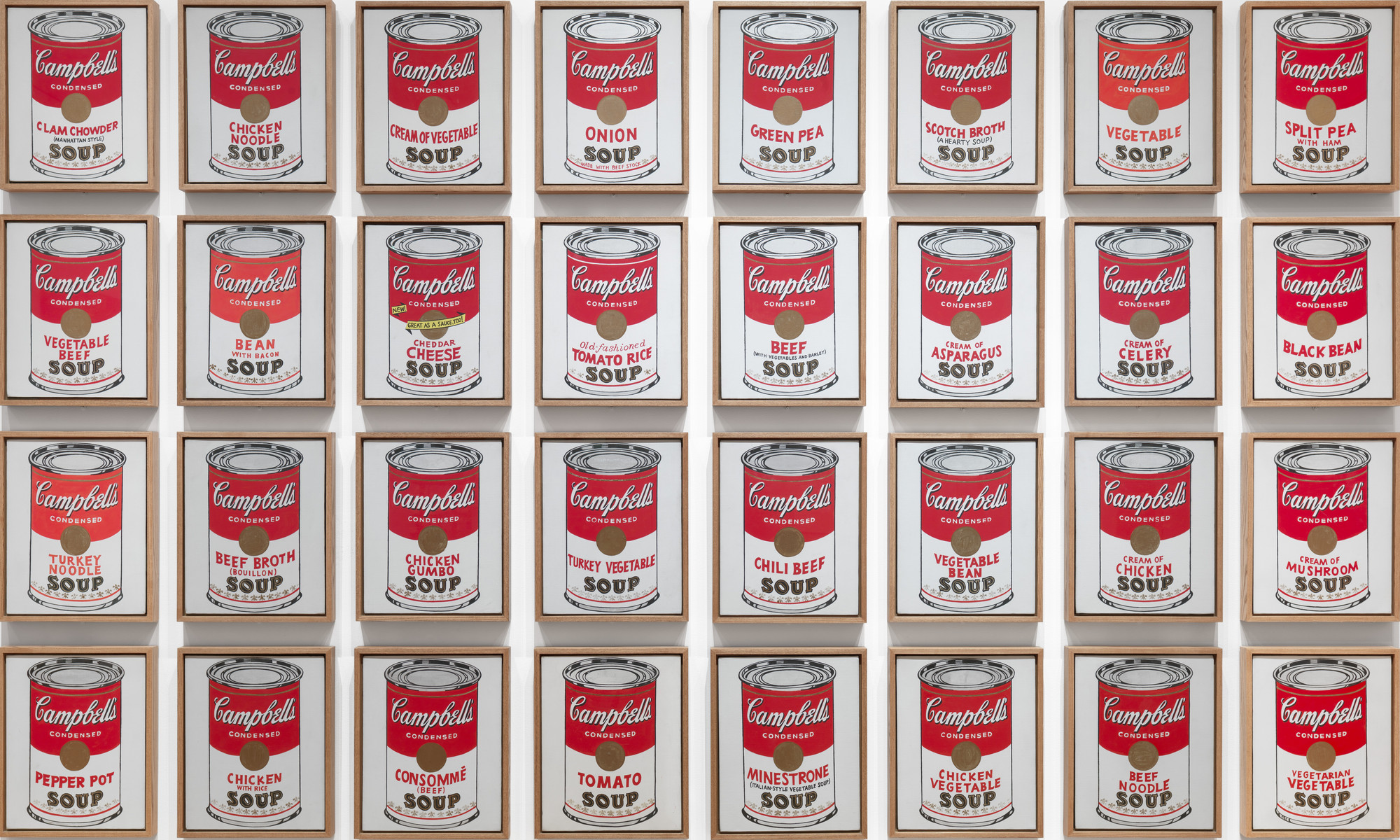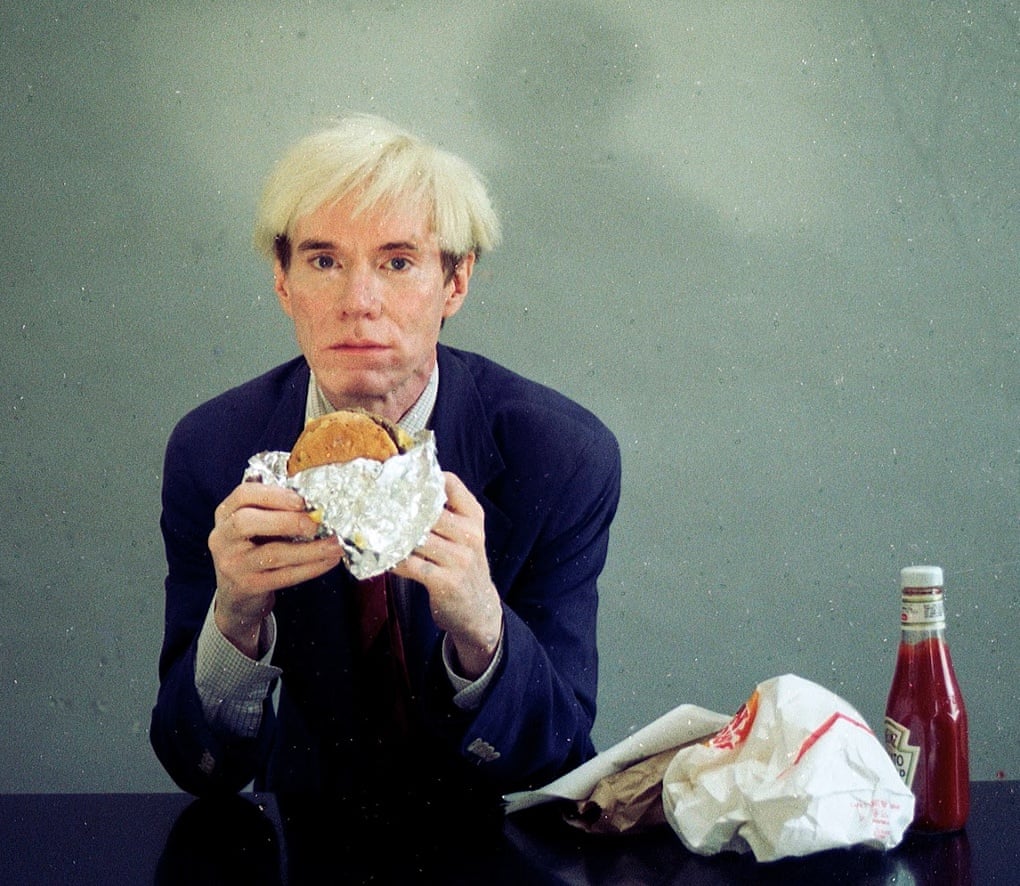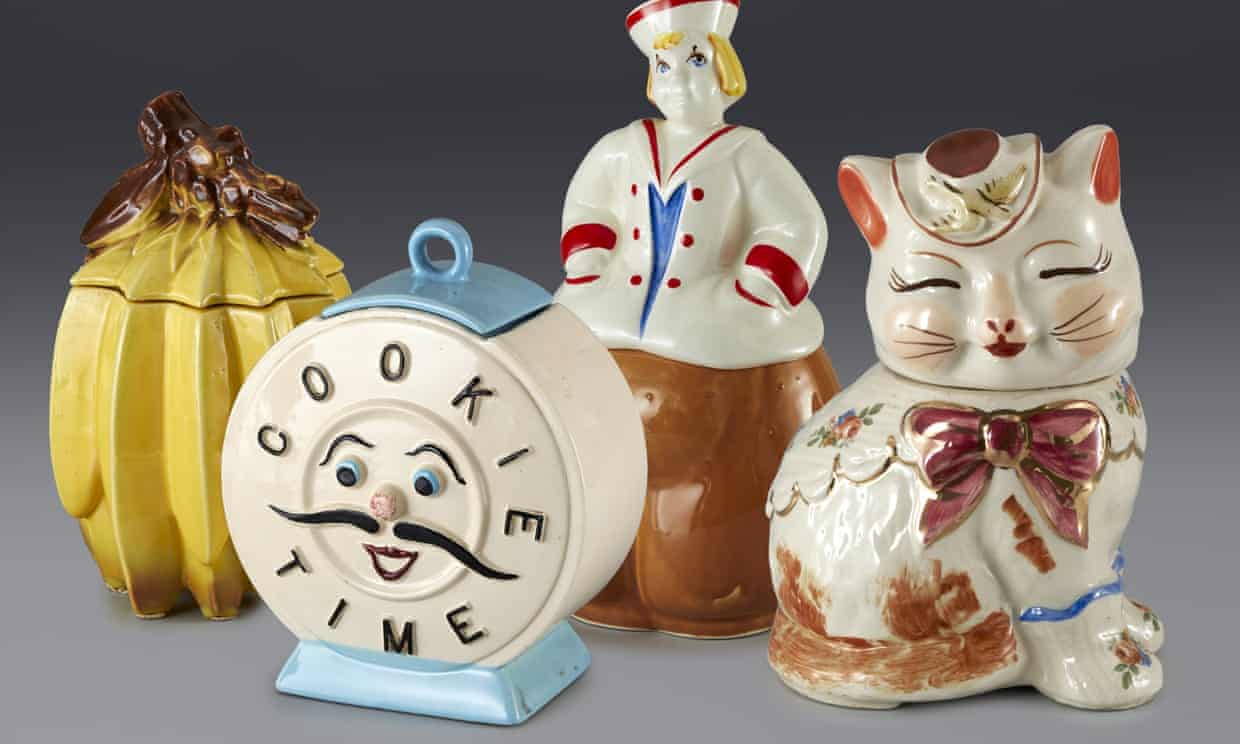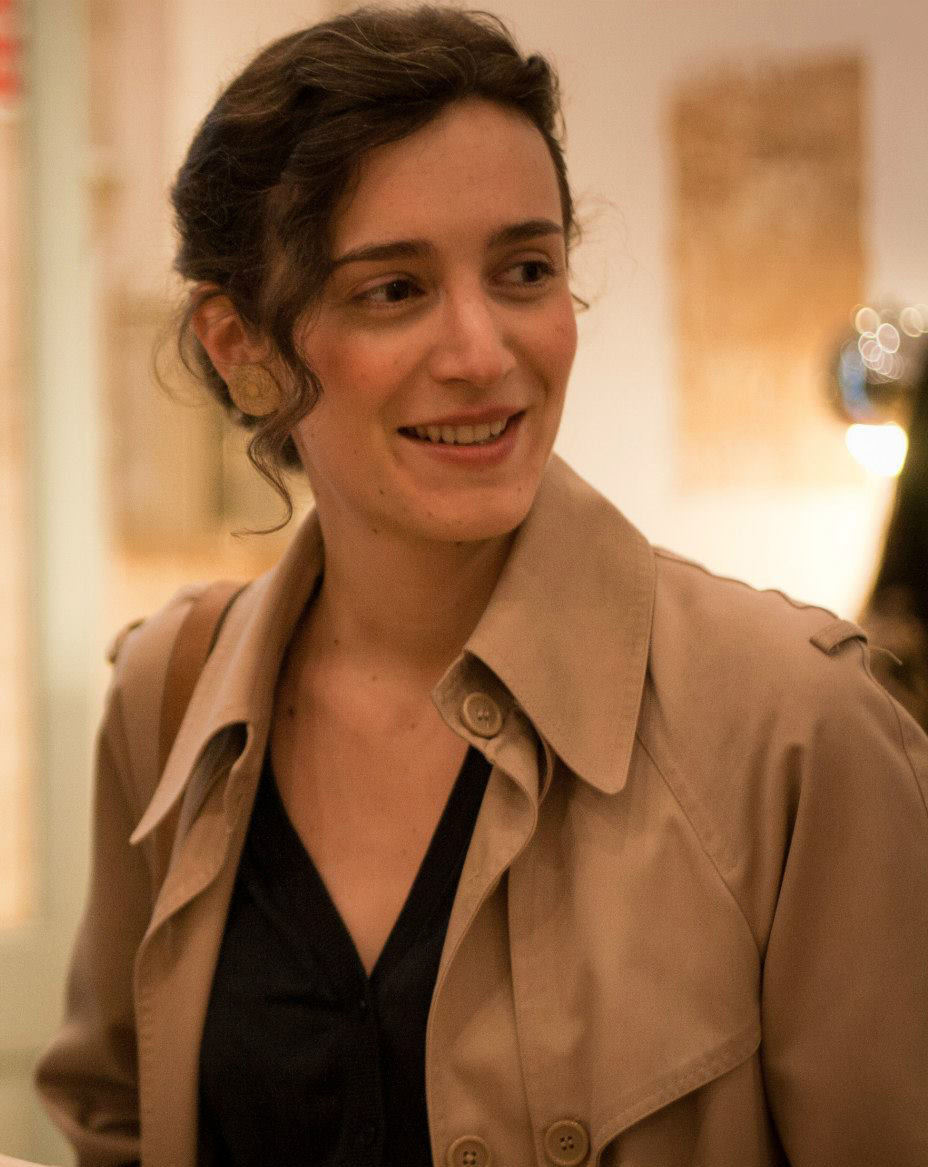Alice Waters, chef and co-founder of the famous Californian slow food restaurant Chez Panisse, describes the relationship between cooking and art as follows: “The most literal visceral connection we make is with food… The acts of art-making and cooking align in many ways; both reactive and creative, they mimic and accommodate one another.”
So, is there a connection between what happens in artists’ studios and what goes on in their kitchens? Amid all the pots and pans, can we find points of references to their work and their personalities? Are artists particularly creative when it comes to the everyday act of cooking? Through photos and inventories of their kitchens, as well as anecdotes relating to their eating habits, we will try to gain an insight into the culinary worlds of some well-known artists.
This time we look at Andy Warhol and his life between art and processed food. Wherever you look, all you see are soup cans, ketchup, Coca-Cola and hamburgers – advocates of a healthy diet will not find the world of Andy Warhol’s images particularly appetizing. At most, the banana, which the premier protagonist of American Pop Art designed in 1967 for The Velvet Underground’s debut LP, could be considered healthy food, although the pinkish flesh of the fruit that lurks behind the pulled-back skin seems somewhat artificial.

Andy Warhol, Campbell's Soup Cans, 1962© 2020 Andy Warhol Foundation / ARS, NY / TM, Licensed by Campbell's Soup Co. All rights reserved, Image via www.moma.org

The Velvet Underground, The Velvet Underground and Nico, Album Cover, Image via medium.com
.jpg)
Andy Warhol, Brillo Box, Campbell's Tomato Juice Box, Heinz Tomato Ketchup Box, Del Monte Peach Halves Box, 1964, Image via www.christies.com
The phenomenon of fast food fascinated Warhol and convenience meals formed a major part of his diet. For more than 20 years, he claimed, he ate nothing but Kellogg's Cornflakes for breakfast and Campbell’s soup and a sandwich for lunch. Industrially manufactured products nourished Warhol in a figurative sense, too: With his large-format screen prints and wooden replicas of various items of food packaging, during the 1960s he had a considerable impact on the development of a new, modern pictorial language that helped him breakthrough as an artist and achieve financial success. The artworks developed in his studio, the famous Factory, imitate the mechanisms of mass production and make use of strategies from the fashion and advertising industries. By unceremoniously obliterating the notion of an artwork as a one-off that cannot be replicated, Warhol revolutionized the traditional understanding of art.
With depictions of everyday consumer items, he commented on the prosperity and excesses of the post-War period, in which supermarket shelves full to the brim enticed the American middle classes to give in to the urge to splurge. By contrast, his own childhood was marked by the food shortages and rationing of the global economic crisis. He grew up in Pittsburg, Pennsylvania, as a child of immigrants from what is today Slovakia, and his family’s sometimes precarious financial situation had a lasting influence on his relationship with food. As a child, he dreamed longingly of cakes and baked goods, and this latent desire for sweet foods would stay with him throughout his life. After Warhol moved to New York in 1949 and achieved his first professional successes, he began frequenting the city’s most expensive patisserie. There, he bought everything his heart desired, from fine petit fours to entire birthday cakes. The “Serendipity 3” café on East 58th Street is still famous today for its “Frrrozen Hot Chocolate” dessert, of which the name says it all. Warhol visited the shop so often that he occasionally referred to it as his unofficial office.

Suzie Frankfurt und Andy Warhol, Wild Raspberies, 1959, Image via www.brainpickings.org

Suzie Frankfurt und Andy Warhol, Wild Raspberies, 1959, Image via www.brainpickings.org
Before he became the “King of Pop Art”, Warhol pursued a career as a graphic designer for advertisements, initially in the fashion industry and later as an illustrator for various advertising campaigns, record sleeves and children’s books. An exhibition of his drawings in “Serendipity 3” brought him and the designer Suzie Frankfurt together, with the result being the book “Wild Raspberries”, a “cookbook for people who don’t cook”, as they called it, which they put together themselves and published in a very small print run in 1959. With humorous and sometimes even impossible recipes written by Frankfurt and illustrated by Warhol, the book was meant as a satirical comment on the then extremely popular cookbooks on French haute cuisine, in which complex instructions were supposed to elevate amateur chefs to new heights.
Throughout his life, Warhol found himself torn between the plain, uncomplicated American cuisine of his childhood and the decadent, exotic dishes coveted by New York’s high society, to which he felt so drawn. A simple cream cheese and walnut sandwich consumed at the counter of a snack bar with a view of a TV set represented the perfect meal in his eyes. At the same time, however, he repeatedly visited upscale eateries like “La Grenouille” or “Lutèce”. There, he apparently ordered things across the whole menu – not that he wanted them, but in order to be able to then take the untouched food with him to donate to the needy. In a classic gesture of self-presentation, he referred to this habit as “The Andy Warhol New York City Diet”, because it helped him to stay slim and at the same time aligned with his aspiration to never waste any food.

Andy Warhol eating a burger, Image via guim.co.uk
Warhol was aware of the fact that his consumption of exclusive goods signaled a certain status, and thus items like caviar or fois gras landed repeatedly in his shopping basket, even though he didn’t really take any pleasure in them. Warhol admitted openly that several times a week he would feed expensive pâtés to his hairdresser’s cat and that he would only buy meat to impress other people. Such revelations, of course, only made Warhol seem more extravagant and thus further fueled his own spinning of the myth that was Warhol.
One place where Warhol never had to delude anybody was in his own kitchen. While the doors of the Factory remained open to almost anyone walking past, his home on East 66th Street, on Manhattan’s Upper East Side, was a strictly private oasis to which almost nobody was granted access. Only his closest colleagues were familiar with the interior of the neoclassical, five-story home in which he lived from 1974 until his death in 1987. In general, the artist did not receive guests, and the first images of his apartment, published after 1987, give an idea as to why: Warhol had transformed one room after another, including the dining room with its long wooden table, into storage space for his overflowing collection of artworks, antiques, memorabilia and utility items. Only his bedroom and the kitchen on the ground floor were not entirely flooded with the objects of his mania for buying and collecting – probably because these were rooms he actually used.

Andy Warhol’s cookie jars. Image courtesy of Movado Group, Image via guim.co.uk

Andy Warhol, Image via pinimg.com
In the kitchen, the walls, floor and sink were kept in light colors, which set off the exhibited objects in their rich Pop Art colors to particularly pleasing effects. Recognizable in the images are a tin of Campbell soup, several laundry detergent packages printed with colorful logos, crockery in red, blue, green and yellow from the brands “Fiesta” and “Russel Wright”, of which Warhol was a passionate collector, and a garbage can printed with the union flag.
On the shelf above the sink stands a ceramic biscuit tin in the shape of a stereotyped black woman wearing an apron, probably a promotional item from the popular baking mixture brand “Aunt Jemima”. Warhol owned 175 different models of biscuit tins from the 1950s and 60s, purchased in shops for household goods and on his tireless rambles around flea markets and thrift stores. The kitsch tins in the form of pigs, clowns, sheep or Disney characters, which other shoppers may well have left aside as worthless knick-knacks, were a source of fascination to him. Why exactly remains unclear. Perhaps the biscuit tins, which represented a classic object of childish curiosity standing high up on a shelf, embodied his deep-rooted desire for sweet treats.
At any rate, the ceramic tins later became symbolic of Andy Warhol’s extraordinary talent for making coveted collector’s items out of everyday objects: When auction house Sotheby’s was commissioned with auctioning his estate in 1988, the estimated price for the biscuit tins, which were offered in lots of two, three or four, was around 7,000 US dollars. In the end, the tins sold for almost 250,000 US dollars – almost half a million dollars at today’s value. This would have bought Warhol more than 35,000 portions of the “Frrrozen Hot Chocolate” dessert with peanut-butter flavor in his favorite café “Serendipity 3”, which remains open to this very day.
